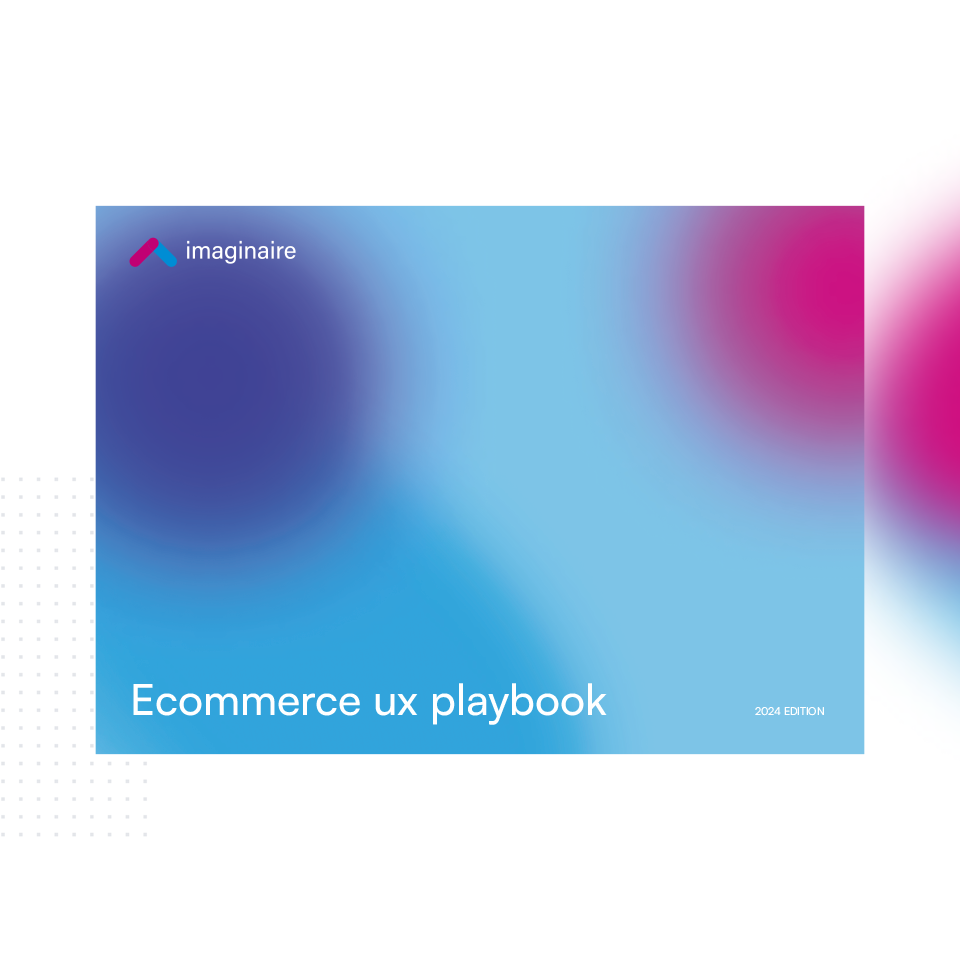Understanding key performance indicators (KPIs) is essential for optimising campaigns and driving results. Two metrics that often get confused are click rate and click-through rate (CTR). While they are both critical for evaluating user engagement and ad performance, they measure slightly different aspects of your marketing efforts and may require different methods in order to improve them.
By focusing on improving both metrics through ad creatives, targeting, and CTA strategies, businesses can drive more qualified traffic to their website and increase their chances of converting that engagement into sales. It’s important to keep these metrics in mind when refining a digital marketing strategy, and always be ready to adjust and test new approaches to stay ahead of the competition.
What is click-through rate (CTR)?
Click-through rate (CTR) is one of the most commonly used metrics in digital marketing. It measures the percentage of users who click on a link, ad, or call-to-action (CTA) compared to the total number of users who saw it. Essentially, it helps you understand how effective your ad or content is at prompting users to take further action.
CTR formula
CTR=(Total ImpressionsTotal Clicks)×100
Example =(20000500)×100=2.5%
What is click Rate?
Click rate, while often used interchangeably with CTR, is slightly different. It refers to the number of clicks your ad, link, or CTA receives, typically expressed as a raw number without considering impressions. It’s a direct count of how many times users have clicked, but it doesn’t account for how many people actually saw the ad.
For instance, if your ad received 500 clicks, the click rate would simply be 500. This metric is helpful when you want to measure the absolute number of actions being taken, regardless of reach or exposure.
Why are click rate and click-through rate important?
Importance of click-through rate (CTR)
- Ad effectiveness: CTR allows you to evaluate the effectiveness of your ads or content. If your CTR is low, it might mean that your headlines, creatives, or CTAs aren’t compelling enough or as effective
- Cost-effectiveness: For paid campaigns, CTR can impact your cost per click (CPC). A high CTR can lower your CPC, as ad platforms like Google Ads and Facebook Ads often reward ads with higher engagement by charging less for clicks
- Audience relevance: A higher CTR often indicates that your audience is well-targeted and finds your content or offer relevant. This helps refine your targeting strategy
Importance of click rate
- Engagement volume: Click rate tells you how many users are interacting with your content, which is essential for gauging overall engagement and whether or not it is reaching your audience
- Actionable insights: Click rate can help you assess the volume of responses to your marketing efforts. It’s particularly useful for evaluating individual components like a single ad, landing page, or promotional posts
- Performance benchmarks: If you’re tracking the performance of multiple ads, offers, or landing pages, tracking click rate helps you compare which elements are attracting more user interactions
Digital Marketing Agency Nottingham
Allow the digital marketing experts here at Imaginaire to help your business find the best way forward! We offer a full suite of services to ensure your digital marketing campaigns remain both compliant and successful.
To speak with one of our experts, please drop us a message or give us a call on 0115 697 1158.
